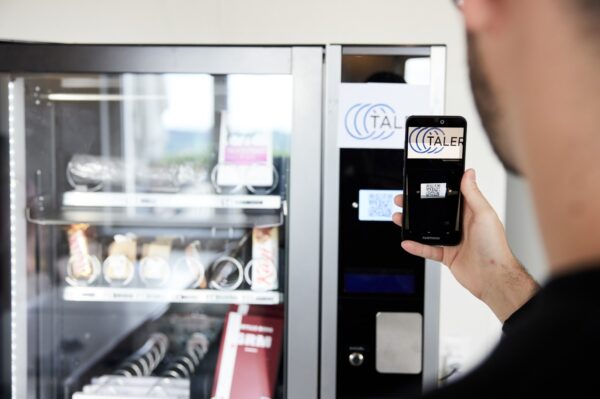- by Keyla Cabral
- 0 Comments
- Project
- 20 February 2024
Keyla Meermans, student at HAN, created an audio game that is completely accessible for people with a visual impairment. In this article, she shares what her game is about and how it influenced her as a designer.
An audio-based experience
“The Land of Mystica” is a fantasy RPG designed for blind and partially impaired players. Immerse yourself in an audio-based experience that transports you to a realm of magic, mystery, and heroic quests. With a focus on sound cues, audio feedback, and controller vibrations, this innovative game delivers an accessible and captivating adventure like no other.
In “The Land of Mystica,” you find yourself transported to a wondrous realm teeming with dark and mysterious forces. Awakening in a cavern, you encounter Nova, a wise and helpful will-o-wisp who becomes your trusted guide throughout your journey. Nova reveals that you have been brought to Mystica for a crucial purpose – to aid in the battle against the encroaching darkness. It is believed that your unique abilities hold the key to restoring balance and saving the land from its perilous fate.
RPG gameplay
“The Land of Mystica” offers players an immersive fantasy adventure in an active development phase, reminiscent of classic JRPGs with its grid-based movement and strategic combat against formidable monsters. As the game continues to evolve, players can expect to delve into diverse landscapes, uncover hidden treasures, and engage in battles, all while experiencing a rich and evolving narrative. With intricate quests and a variety of powerful weapons, “The Land of Mystica” promises an ever-expanding journey for adventurers seeking an unforgettable gaming experience.
Accessible from the start
In “The Land of Mystica,” accessibility is at the forefront, ensuring that many players can fully enjoy the adventure. The game employs a variety of innovative features, including rich audio cues and tactile vibrations, to provide essential feedback and enhance the gaming experience. Nova, the player’s faithful guide, offers continuous location updates through her distinctive pinging function, aiding spatial awareness and navigation. Meanwhile, controller vibrations alert players to obstacles like walls, empowering them to navigate the world with ease. These accessibility features make “The Land of Mystica” a welcoming and inclusive experience for players with or without visual impairments.
These features were developed by researching the methods employed by other similar games on the market, and were tested with the target audience, consisting of several visually impaired gamers. Through feedback from these tests we continue to improve the audio cues within Mystica, so they provide adequate information without polluting the noise environment. The language used within the game is based on a non-visual context, there are no mentions of colors and other visual-only concepts. The game instead refers to shapes, physical sensations and other ways the world can be described.
A personal challenge
The creation of “The Land of Mystica” was inspired by the realization that accessibility in gaming is often overlooked, especially for blind and partially blind individuals. This project served as a personal challenge for me as a designer studying experience design, who sought to shift my focus from visuals to audio and accessibility. Through collaboration with students from the Bartiméus school in Zeist and other Unity experts, invaluable feedback and ideas were gathered, further enhancing the game’s design.
As my project comes to a close, I reflect on the newfound knowledge and growth I have experienced. The journey of creating “The Land of Mystica” has provided me with a deep understanding of accessibility principles and audio design, propelling me to continue expanding and refining the game as a personal endeavor beyond the scope of the project.



